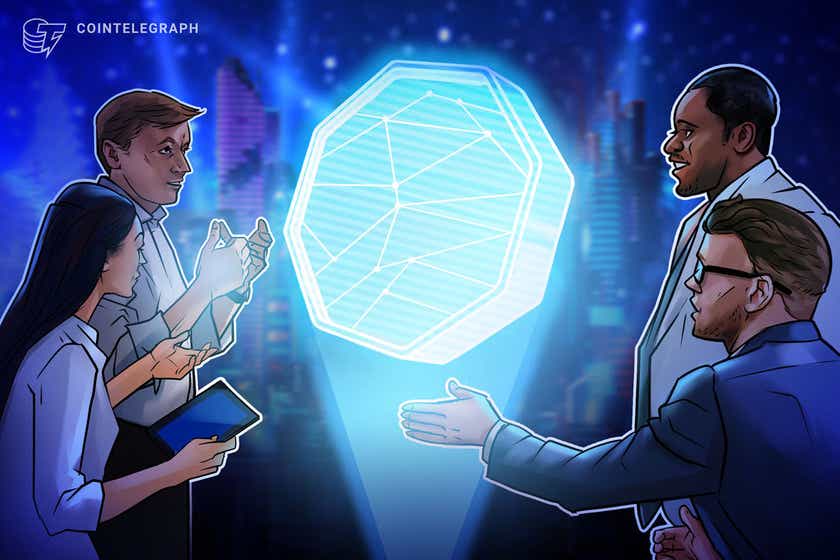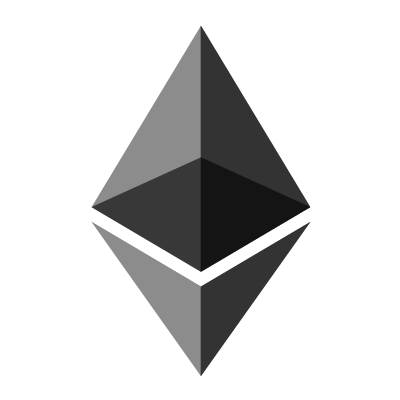NFTs took the cryptocurrency market by storm last year. With numerous artists, athletes, and celebrities like Eminem, Snoop Dogg, John Cena, and Tony Hawk launching their own non-fungible token collections, hundreds of thousands of investors, collectors, and traders are waiting to get their hands on the hottest NFTs. Crypto users spent $44.2 billion of digital assets solely on Ethereum-based non-fungibles in 2021, according to a Chainalysis report. Most importantly, NFTs are definitely here to stay, with the sector continuing to thrive throughout 2022 and beyond. In this article, we have collected the seven best emerging NFT projects to follow in 2022. 1. OVR OVR combines the power of augmented reality (AR) and NFTs to create a next-level, community-governed virtual world. With 1.6 trillion of 200 square-meter digital land plots that cover Earth’s entire surface in the form of NFTs, the project seeks to create a bridge between the physical and virtual worlds via AR technology. The project has an ongoing initiative called Map2Earn, in which participants can earn native OVR tokens in exchange for scanning physical locations with their smartphones. The ultimate goal here is to generate a large, very detailed, and ultra-precise 3D map of the world that will provide the backbone of the ecosystem and open up numerous exciting opportunities within OVR’s AR-powered metaverse. According to the project’s data, users have spent nearly 6.7 million OVR tokens (worth $12 million) on the primary market. At the same time, 744,000 plots of OVRLand were sold to almost 25,000 owners, while 69,000 individuals participated in the Map2Earn initiative. 2. Corite CO The startup was founded by Universal Group and MTG alumni Mattias Tengblad and Emil Angervall. Instead of relying on major labels to succeed, independent artists can leverage the platform to turn their fans into backers and achieve their visions together. After the initial success of their fiat platform, the Corite team has been actively working on their most ambitious project ever, which leverages the trending Play-to-Earn (P2E) model, NFTs, and cryptocurrencies to achieve an even stronger connection between fans and artists. Built on the Chromia blockchain, Corite CO is a decentralized music platform that will eventually replace the original fiat service. The project recently acquired $6.2 million funding to launch its CO blockchain platform in Q1 2022. 3. Kryptomon Kryptomon is the Play-to-Earn blockchain game where Pokémon meets Tamagotchi and CryptoKitties. In an NFT-powered metaverse, players take on the role of trainers who collect, grow, upgrade, breed, battle, and, most importantly, care for and feed their Kryptomons. Every Kryptomon is unique, featuring a mutable genetic code of 38-randomized parameters determining their abilities, stats, how they perform in battle, and many other components essential to the gameplay. Powered by the native $KMON token, the Kryptomon ecosystem is still developing. While the project rolled out basic functionalities like egg hatching, Tamagotchi, marketplace and NFTs, and Treasure Hunt, many important features are expected to be released by Q3 2022. 4. LaCucina LaCucina is a food- and cooking-themed decentralized finance protocol where Ovens representing liquidity pools on select exchanges issue rewards to users who staked their coins into these pools. There are also Cooking Plans, which are flexible rewards policies tailored to each farming pool and based on specific liquidity provisioning attributes, such as quantity, timing, and duration. Unlike most protocols in DeFi, it doesn’t require users to stake their tokens on the platform to boost their earnings. Instead, they can generate more from their existing liquidity positions on other decentralized finance solutions via external farming. LaCucina has Secret Ingredients to make delicious profits on the DeFi protocol. And this important component is NFTs that are supercharged with additional use-cases. Combine Secret Ingredients into Dishes, representing special non-transferable NFTs, and apply them to any ongoing Oven to boost your rewards. For that reason, the non-fungible tokens utilized on the platform can influence your DeFi earnings. Currently, LaCucina operates in beta that is only accessible for whitelisted users. However, users don’t have to wait long to try the DeFi app, as the project will launch its public pilot mode with full functionality on February 2. 5. MultiNFT MultiNFT provides a wide range of services within the non-fungibles and blockchain gaming sectors to facilitate NFT adoption by making onboarding easier for newcomers. One of the project’s key highlights is its active participation in the metaverse club scene. MultiNFT operates Rage Club, a revolutionized nightclub venue on Decentraland, where users can enjoy techno, trance, house, and psy music with popular DJs on three different floors. MultiNFT is also present in the Sandbox, Netvrk, and other popular digital realms. Furthermore, the project features partnerships with key metaverse and NFT market players, such as Axie Infinity, Enjin, Decentraland, Ready Player Me, and Area 51 Agency. MultiNFT has already launched the presale for its MNFT token and celebrated the launch party at its Decentraland club. The sale gives a major boost to MultiNFT’s ecosystem by integrating DeFi support, unlocking early access to special content, and offering the opportunity to earn cashback, along with other features. 6. XMANNA XMANNA seeks to revolutionize how sports stadiums and clubs do business by launching a digital layer over physical sports properties to facilitate fan engagement via GameTech, AdTech, and FinTech. As a fully modular solution that can be tailored to suit each club’s needs, XMANNA offers whitelabel gamification and fan engagement services for sports market players. The project wants to incentivize active participation to strengthen the connection between athletes and fans. XMANNA already partnered with the Inter Miami CF soccer club. The project will become the club’s first-ever sleeve sponsor and integrate its loyalty application gamification platform with Inter Miami’s DRV PNK Stadium and marketing channels as part of the multi-year deal. DRV PNK Stadium is only one of the many sports arenas with which the project wants to partner. XMANNA plans to add more stadiums in the next five years and launch its own XMAN utility token, which will serve as the entry point to benefit from the project’s services. 7. Castello Coin Castello Coin is a crypto coin that uses artwork as a bridge between the world of finance, investment and traditional art and the new world of cryptocurrencies. It combines artistry and blockchain technology, providing an excellent opportunity to participate in the growing markets for art, digital art (NFT), digital gold and more. It opens the way for wide crypto adoption through NFTs and entertainment, erasing boundaries for art collectors while solving classical art investment problems such as a conflict of interest, royalties, price manipulation, and transparency. It will also provide access to high-end goods and exclusive artworks. The number of Coins is fixed to retain exclusive value. Castello coin has already been recognized in the art world and will be represented by world-renowned artists. The shortage of tokens and a unique corporate identity will make this currency one of the most promoted on the crypto market in the near future. The team consists of financial and crypto specialists, management consultants, marketing, PR and social media experts, and highly appreciated art critics, resulting in a combination of decades of international business experience. The NFT Sector Has a Bright Future Ahead In addition to many established projects and a rapidly-expanding ecosystem, there are many new projects that leverage innovative concepts, promising business models, and a fast-growing user base to provide value with NFTs. We have described only seven projects that work with sports, music, traditional art, gaming and the metaverse, but the NFT sector has a bright future in 2022 and beyond. We will see rapid development around this field even if cryptocurrency prices continue falling throughout the rest of the year.


